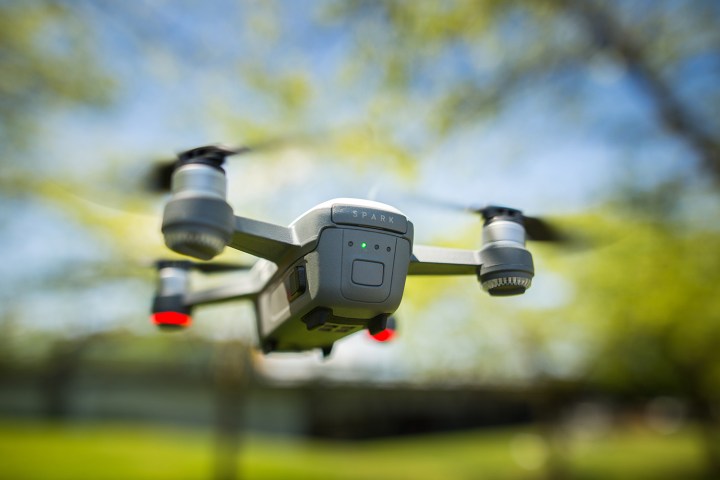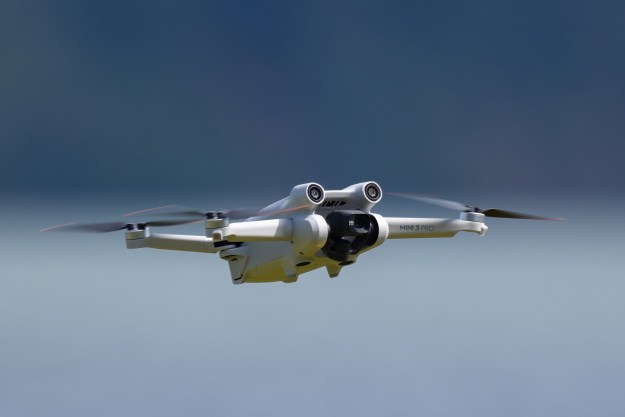
The first paper suggests that a central control center isn’t necessary for keeping drones from hitting manned aircraft, other drones, or other obstacles. DJI says that ground-based infrastructure isn’t necessary because most drones already have the technology on-board for managing flight paths. Using On-Board Anti-Collision Technologies (OATs), obstacle-sensing systems and radio transmitters and receivers communicate with other drones and adjusts the flight path to avoid obstacles.
“We envision a future in which drones will be smart enough to navigate safely through the airspace, avoiding obstacles, each other, and manned traffic, all on their own, in most locations,” DJI’s white paper reads. “Because OATs are less complex than an end-to-end automated traffic management system, because they present fewer points of failure, and because they can be deployed with no required investment in ground-based infrastructure, we expect these technologies will receive regulatory approval well before a networked UTM system will.”
Because many consumer drones have the hardware for avoiding obstacles built-in, a system based on OATs wouldn’t require an investment in more infrastructure to manage drone flights. New systems also mean untested technology, DJI says, while OATs have already been tested.
The second part of DJI’s presentation was an update to a paper presented earlier this year proposing a sort of “invisible” license plate system for drones. In such a system, drones would use a radio control or Wi-Fi connection to transmit data such as a registration number as well as details like the location of the drone and direction and speed of the flight path. Such a system, DJI suggests, would allow authorities to respond to complaints without “infringing on operator privacy,” said Walter Stockwell, DJI’s director of technical standards, who presented the data at the conference.
DJI is working on such a system and has already tested the program twice.
“DJI’s proposals share a common belief that the drone industry, aviation regulators, drone pilots, and society at large can benefit most from drones if traffic management and identification systems are built with proven technology that can be implemented easily,” Stockwell said. “This approach protects the privacy rights of drone operators, limits the risk of central system failure, and makes it easier to fully unlock the potential of drones. We stand ready to work in partnership with industry and government to achieve these goals and make drones work better for everyone.”
Editors' Recommendations
- DJI is about to launch a new drone
- DJI’s new Inspire 3 is an 8K drone for moviemakers
- Is DJI about to release a new drone?
- DJI’s latest Mavic 3 update made me love the drone all over again
- DJI may be prepping launch of Cinewhoop-style drone



